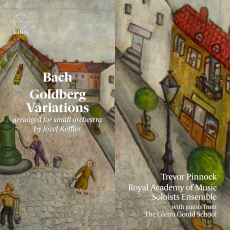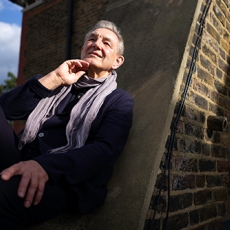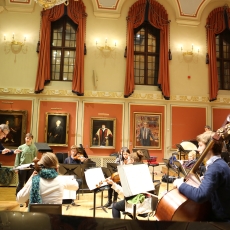Trevor Pinnock and RAM - Bach: Goldberg Variations - All Music
4.5*
Composer Józef Koffler was the first Polish champion of Schoenberg's 12-tone system and a modernist whose work, based on this fascinating transcription of Bach's Goldberg Variations for harpsichord, BWV 988, is likely to be worth further investigation. He ran afoul of Stalin's Soviet Union and then, worse, of the Germans when they took over Poland, and he disappeared in the Holocaust. The Goldberg arrangement, composed in 1938, was perhaps intended as something palatable to Soviet conservatives, but it is in no way done by the numbers. For one thing, when Koffler composed the work, the Goldberg Variations were quite new in the public consciousness; they had received their first recording, from harpsichordist Wanda Landowska, just five years earlier. Koffler's version, for a small orchestra of strings and winds, was forgotten and was premiered only in 2019, by many of the forces on this recording: it is extremely artfully done. Koffler deploys his ensemble, generally speaking, in three different ways: with the strings taking Bach's melody line, with wind-and-strings atomization of the melody, and with counterpoint mainly in the winds. He is inspired by the broadly tripartite structure of the variations, with canons mostly making up every third variation, but he departs from this where Bach does, and the entire set retains the unity and growth of the original, with complexity and expressivity growing as if inevitably as the music proceeds. The work would make an ideal complement in concert to Anton Webern's arrangement of the fugue from Bach's Musical Offering, BWV 1079. Historical performance veteran Trevor Pinnock leads a mixed ensemble of young musicians, consisting of members of the Royal Academy of Music Soloists Ensemble and students at the Glenn Gould School in Canada, and they play with precision and a fine edge. The Linn label delivers superbly detailed sound from the Britten Studio in Snape Maltings, UK, and the album graphics, showing a Chagall-like shtetl painting by the similarly doomed artist Chara Kowalska, are haunting. A unique release, fully deserving of the commercial success it has received.


